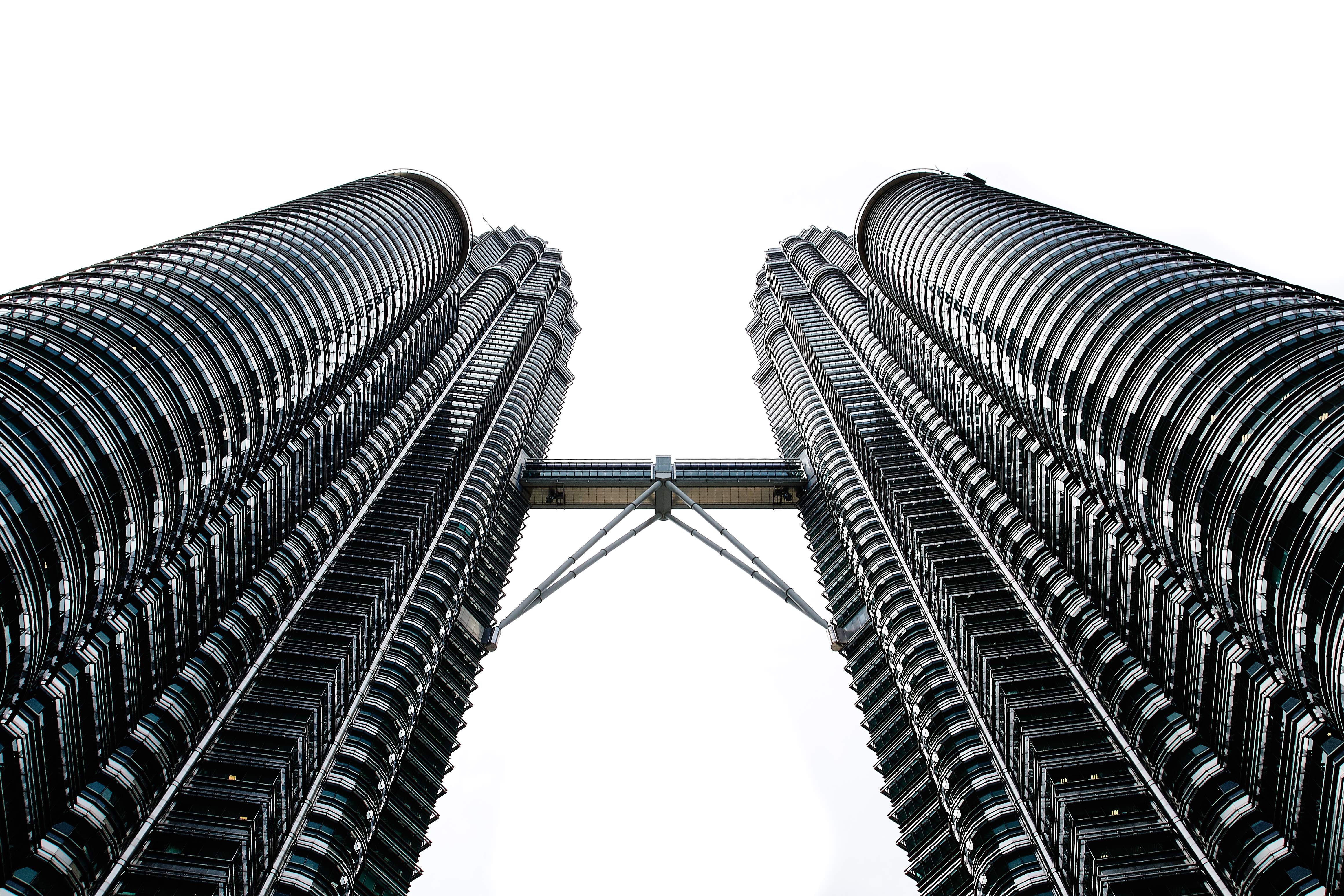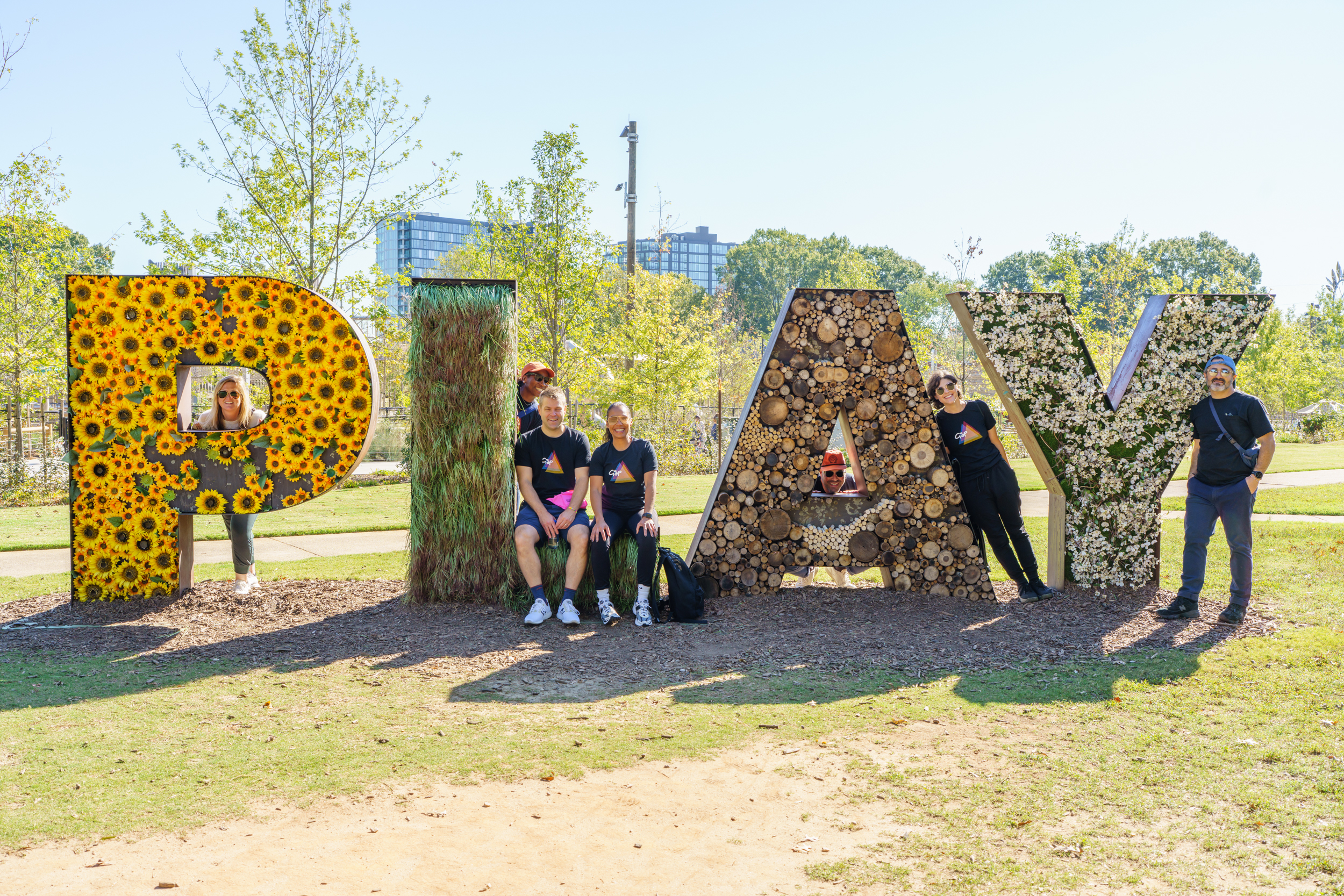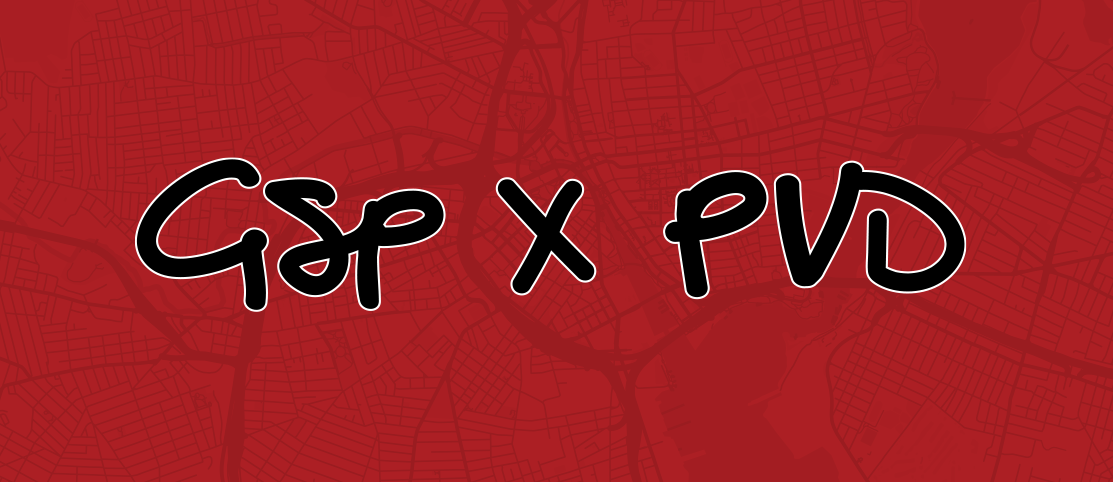MONTH 10: KUALA LUMPUR
Imagine the hospital where someone you know had her baby. You know, the one in that small-to-middle-sized city, where you had to rent a car to get there from the airport because getting there without one would be completely impossible. You drive into the parking garage, from there walk right into the building, and there’s so much going on…you’d never know from the street though, right? There are cars and ambulances driving all over but there are no people. The walls are brick or concrete or parking garages and they shoot up a dozen stories into the sky, there are sidewalks and the occasional garden but no one to enjoy them. The closest thing to eat that isn’t in the basement cafeteria is a Chili’s and you have to cross four lanes of 35mph traffic to get to it, with no crosswalk. If you want to go to the next-closest little shopping cluster you’re going to have to walk along a highway and maybe along a highway ramp with no sidewalk.
Now, on top of that, imagine that the street network looks like what would happen if you were to take a handful of cooked spaghetti and drop it on the floor. There are a lot of winding, dead-end noodles that emanate from the center. If you took a wrong turn, you’re looking at a 10-15 minute delay just to get back to where you need to be.
Finally, imagine that instead of being a small-to-middle-sized city it’s actually a city of 1.73 million people, and it’s the primary hub of Southeast Asia, and fortunately, it’s not actually a Chili’s you’re anticipating eating at for dinner. Welcome to Kuala Lumpur!
I’m not judging KL because so many different eras and trends have led this city to what it is today and all at a rapid pace. Kuala Lumpur started as a Chinese tin-mining area, saw a huge boom in population when a railroad was constructed connecting this tin-mining area to a river valley, and another huge boom in population when the area started producing rubber tires to get people around in cars. KL has always been about industry, whether manufacturing and production or modern-day investment and development. The nodes of activity occur both in the center – KL City Center, or KLCC – and in hubs around the city, all of which are characterized by high-rise towers housing residential, office, and commercial uses, that are connected by highways.
We were told that Asia would be a drastic change, but the cultural differences weren’t what shocked or frustrated us. The culture of Malaysia and of KL is bright, beautiful, diverse, and exciting. The part where I had to take an Uber absolutely everywhere and had practically no rights as a pedestrian was the hardest part. If I did walk, there was either no sidewalk or it had gaping cracks or holes in them where, if I made one wrong step, I could fall into the sewage + stormwater below. Also weird to adjust to was the fact that almost all leisure-time activities took place in one of 66 malls: street life doesn’t exist in many places. Of course, this is not the case of the entire city, but my Remote Year crew all agrees that it’s hard to find restaurants or cafes or even grocery stores outside of a big air-conditioned box.
I was lucky to live in a neighborhood with a totally different scale from KLCC, just outside of the city center. The houses are close together, you get to know your neighbors, there are local restaurants a short walk away. One Sunday, I went/drove to a monthly event where there was live music, kids + parents alike in Halloween costumes, different vendors selling food, all at a design store in a house surrounded by a big yard. People hung out outside all evening, chatting, listening to music, eating great food, and enjoying being out there despite a constant threat of rain. It felt so comfortable and normal to see people spending time together on a Sunday evening, and it reminded me that people all over the world – whether in the economic hub of Southeast Asia or in Somerville, Chelsea, or the South End – want a reason to get outside of their homes or their offices to get some fresh air, eat some good food, and be around people. Also in my neighborhood is a complex called APW, an old industrial site that’s been turned into cafes + restaurants, a covered public space, and a coworking space. This is definitely a sign of the expat population in Bangsar, but it draws expats and locals alike and, once again, it feels so different from the rest of KL.
When it comes to the scale + feel of a city, most of KL and Boston are complete opposites. We’re used to a (mostly) well-connected transit system, walkable squares and parks, and major infrastructure projects that prioritize people. In my last couple of posts, I’ve talked about the fact that building a healthy city is a major focus for GSP. People need fresh air, to be around other people, and to move around. We contribute to places where people can walk to their nearest Roche Bros. to grab dinner for the night, bike to a fun place like A4cade to hang out with friends after work, and run or take a bus to see the newest mural on Western Ave. These experiences aren’t completely fabricated in KL – it’s home to a handful of renowned public parks, people are definitely quite social whether they’re chatting at a street food stall or in a luxury mall, and my gym wasn’t empty – but it’s so, so different from what we’re used to in Boston.
Right now all I have are high-level thoughts that I’m sure I’ll be able to parse through with some time. For now, I’m thinking about night markets as a nighttime retail + programming destination, about how silly it is for such a brilliant and forward-thinking region as Greater Boston to still have development projects that pay special attention to how cars will navigate a site, and after a month of hot sun + rain I’m thinking about how critical trees are to improving an environment. Like I said, nothing terribly specific, but I suspect I’ll be thinking about KL for a while.
As I mentioned before, I’ve only got two short months until I return to Boston! In the meantime, I’m off to a much more relaxed Chiang Mai, Thailand for month eleven of Remote Year.
Until next time,
erin




